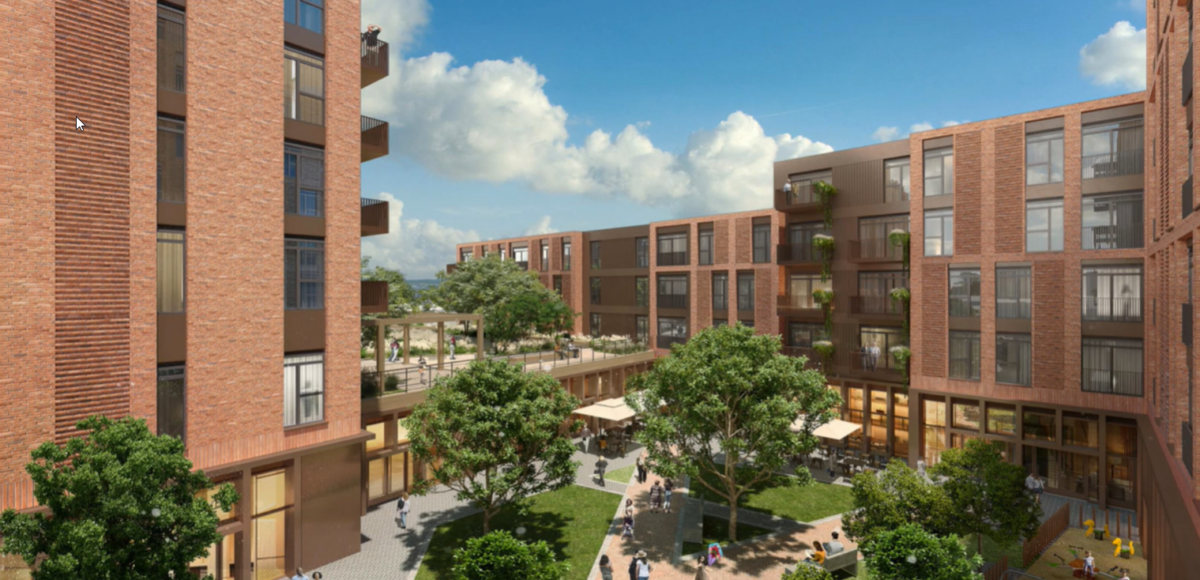Growing calls for 2020s to be the “decade of housing-with-care” as new task force awaits
At the end of March, more than 40 MPs, Peers, charity and private sector leaders joined forces to urge the Prime Minister to make the 2020s the “decade of housing-with-care”. The signatories to the open letter – who included Labour politicians, such as Siobhain McDonagh MP, Parliamentary colleagues from three other parties, plus household organisations like Age UK, Legal & General, the British Property Federation and Campaign to End Loneliness – said that “just as previous decades saw the expansion of the care home and home care sectors, there is now a new consensus that the 2020s need to be the decade of housing-with-care”.
Why, you might ask, should there be such widespread clamour for the growth of housing-with-care at this particular moment? At the top of the list is the urgent need to solve the UK’s social care crisis – made more pressing than ever by the Covid-19 pandemic. While finding a consensus on how social care is funded is pivotal, of equal importance is answering the question of where social care is delivered. Are we to stick with a system largely defined by two options, a care home or care at home, or are we to give older people a true choice by creating a greater variety of care settings?
There is a growing recognition that – for the social care sector – it cannot be business as usual. New ways of caring for older people are needed, which combine independent living with high-quality care and support; which not only enable older people to live longer but to live healthily for longer; which tackle the loneliness crisis by keeping older people connected with their community. As the letter’s signatories say, we need to create a “world-class system of housing-with-care that couples a focus on independence and prevention with a safety net of care services and consumer protection”, to “complement existing care options such as care homes and home care.”
It is an argument that has been gathering serious Parliamentary momentum in recent months. Alongside the open letter to the Prime Minister, MPs and Peers from four different parties, plus influential crossbencher Baroness Sally Greengross, contributed to a ‘Housing with Care Grey Paper’ in March with policy ideas to help grow the sector.
Labour politicians have been providing a strong voice on the issue, with Shadow Social Care Minister, Liz Kendall, arguing in a major speech a couple of weeks ago that we need more options inbetween a care home and care at home. The party’s former Shadow Secretary of State for Communities and Local Government, Andrew Gwynne, pressed the Government to respond to the open letter to the Prime Minister, and consider setting up a new task force to expand housing-with-care.
Why a task force? The challenge with growing housing-with-care is that it straddles multiple Government departments and so requires a new, collaborative vehicle for action. The “housing” part of housing-with-care lies with the Ministry of Housing, Communities and Local Government (MHCLG), while the “care” part stands with the Department of Health and Social Care (DHSC). A new Housing-with-Care Task Force, which Ministers are actively considering, would bring the two together to thrash out concrete policy changes so that the sector can play its full part in the social care system.
While the task force would need to decide its focus, there are a number of core policy areas that it would have to address to make the 2020s the “decade of housing-with-care”. Just as the expansion of care homes in the 1980s and 1990s and homecare in the 1990s and 2000s was largely driven by pieces of legislation and regulation specific to these sectors, we now need the same for housing-with-care.
That means properly defining housing-with-care in the planning system so it can be more easily built, providing strong consumer protection for residents moving into housing-with-care, and developing appropriate models of tenure. Ensuring the sector remains affordable for older people of all incomes is also crucial.
Some of these policy changes might sound minute, niche, even quite dry. The results will be anything but. A social care system where living a thriving, active lifestyle and receiving care don’t have to be in opposition but can be achieved together. Retirement communities which help regenerate high streets and bring people of all ages together through shared activities and services. Older people having great options to ‘right size’ and homes freed up for younger people. The list goes on.
We are on the verge of overcoming a perennial public policy challenge: getting different Government departments to talk to each other across competing priorities and bring about collaborative change. As we move closer to a cross-government Housing-with-Care Task Force, the prospect of a varied and imaginative social care system which meets the diverse needs of our ageing population is in sight.
Let’s keep up the momentum to make this a reality.


